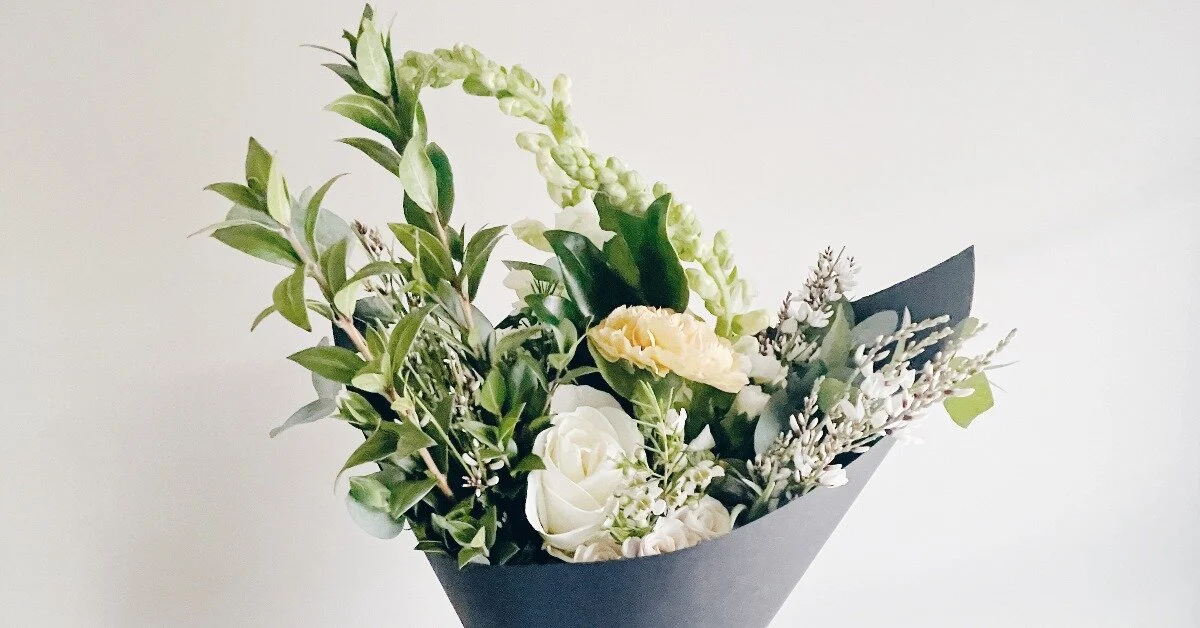Knot Gardens: What They Are and Why You Should Have One
Love creating flower beds that look visually appealing and smell beautifully? Intrigued by the idea of organizing your gardens using basic principles of design? If so, then consider starting a knot garden!
What Is a Knot Garden, Anyway?
Originally used as a way for gardeners to organize edible plants for culinary or medicinal purposes during medieval times in Europe, knot gardens are a splendid way to add visual interest and artistic flair to any garden bed.
According to Janet Kinosian, a reporter for the L.A. Times, knot gardens "comprise low, level beds of plants, ornamented with a pattern of intertwining lines made of dwarf hedges or clipped herbs."
Similar to parterre gardens, knot gardens bring distinct patterns to life and can mimic designs found in textiles, tapestry, and even woodworking. Curating a knot garden is as easy as deciding on a sunny spot, selecting a handful of perennials, annuals, or small shrubs, and planting them in a stylized display of shapes and patterns.
Knot gardens originally functioned as a type of outdoor pantry. Each twist, bend, or turn in the pattern signaled a new plant cultivar, and in this way, knot gardens became an efficient way to organize food consumed by the local community in a visual manner.
“Knot gardens bring distinct patterns to life and can mimic designs found in textiles, tapestry, and even woodworking.”
Eventually, knot gardens expanded also to include non-edible plants and shrubs, like boxwood. This shift toward more aesthetically pleasing designs with less focus on cultivating edible plants ushered in a new use for knot gardens: providing respite. Knot gardens can even function as a form of living art.
Depending on your growing zone, just about any plant can be used in a knot garden, but herbs work exceptionally well. Lemon balm, oregano, basil, parsley, and varieties of thyme all provide excellent coverage either as a border (parsley, especially) or as a low-level spread between borders (such as lemon thyme).
Onions, leeks, chives, and garlic also provide excellent foliage that physically separates sections of a knot garden. Planting edible alliums can enhance interweaving lines or add height between segments of the garden.
However, avoid planting herbs that spread, such as mint, as they will need to be constantly removed to maintain the intended patterned design. Better still, most herbs can be used in cut floral arrangements to add interest, texture, and a sweet fragrance.
Helpful Tips for Starting a Knot Garden
There are a couple key things to think through when designing your very own knot garden.
1. Choose a simple shape or pattern for your initial design.
When starting a knot garden, design with a straightforward geometric pattern in mind.
While traditional knot gardens can include intricate spatial patterns, some of which draw on Celtic symbols as inspiration, beginners should focus on arranging new plants in easy-to-manage shapes.
For example, organize plants using perpendicular lines, curved lines, or even semi-circles to coordinate the garden bed aesthetically. Draw attention to certain foliage by placing plants with contrasting colors, textures, and even bloom times near each other in the patterned design.
2. Select plants that grow at varying heights.
Use taller plants to anchor the shape or pattern and low-growing foliage to fill in the garden space around the design. For example, onions make a great border plant and can easily create lines in the knot garden.
“Focus on arranging new plants in easy-to-manage shapes. ”
Their tall, straight green foliage forms a natural border or wall separating sections of the knot garden, making it easier to discern the overall pattern.
Likewise, low-growing herbs can fill in the "negative space" or area around each component of the pattern by spreading, thus creating a natural contrast when planted near borders.
To maintain the overall shape of the garden design, trim or pinch back plants so they grow at an even height.
3. Include herbs and plants that hold culinary properties.
Knot gardens were originally cultivated as an extension of the kitchen garden.
Plants typically included in this type of garden were not just aesthetically pleasing—they were also beneficial to the gardener for many purposes.
As the design of the knot garden comes to life, stick to edible plants and flowers. Herbs make a great addition to any knot garden, and with so many types to choose from, it's easy to coordinate a range of both low-growing and taller varieties.
4. Don't be afraid to adjust your shapes/patterns from year to year.
Knot garden designs do not have to be permanent. Like any other type of gardening, adjusting spacing and growing conditions can enhance how well plants produce from season to season.
As the knot garden ages, so too will the original design. Refresh the overall shape or try out a more intricate "knot" by re-arranging plants in late fall or early spring. Thinking about the basic components of companion planting might also inspire adding a new design pattern or expanding an existing knot garden.
5. Know your plants and plan for upkeep.
While not particularly difficult to create, knot gardens do require moderate upkeep. Different types of vegetation require various approaches to maintenance, so it may be necessary to prune, trim, or pinch back growth throughout the season to sustain a sense of balance between the height and width of various plants.
“Knot gardens can playfully enhance the typical garden scape and are a worthy addition for any gardener.”
Consideration should also be given to the specific growing conditions of select flora, such as daylight and soil requirements, to ensure plants grow optimally and bring intentional patterns to life throughout the summer.
Knot gardens can playfully enhance the typical garden scape and are a worthy addition for any gardener. This is especially a great option for floral designers growing a cutting garden in their yard. You'll get the best of both worlds—beautiful landscaping and pretty, functional flora!









